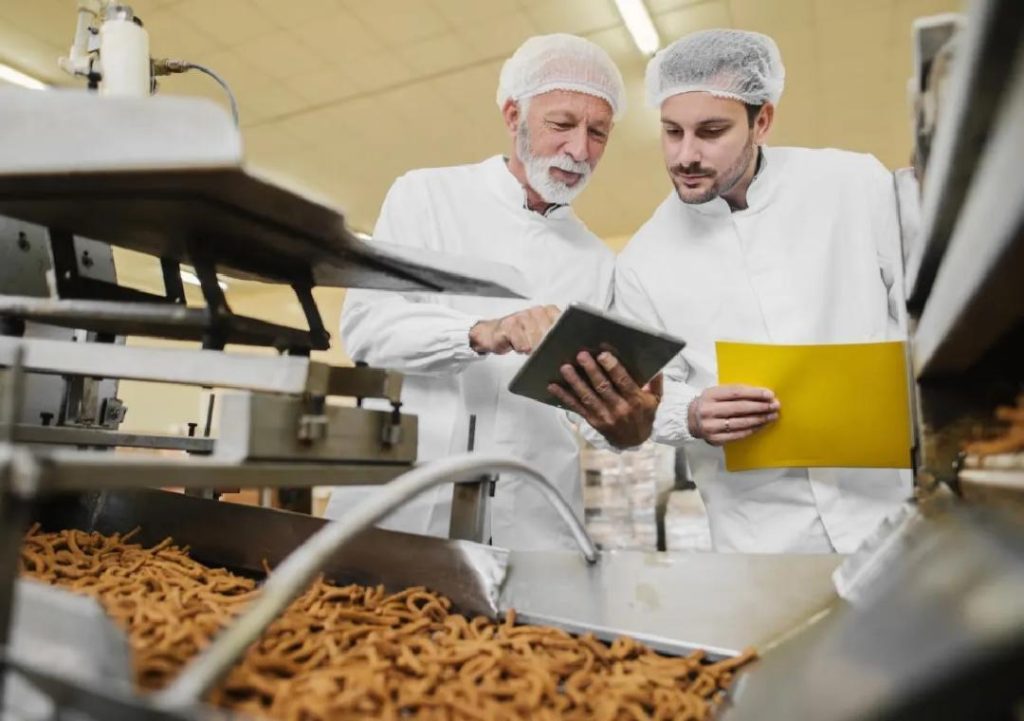
Can P&L Optimisation Redefine Success in Food Technology?
The food technology industry is known for its dynamic nature, with trends and consumer preferences constantly evolving. To stay ahead of the competition and achieve long-term success, food tech companies must adopt innovative strategies to streamline their operations and improve profitability. One crucial area of focus is Profit and Loss (P&L) optimisation, which involves using automation, smart inventory systems, and data analytics to cut waste, sharpen demand forecasting, and support better decision-making.
In this blog post, we’ll explore the importance of P&L optimisation in the food technology industry and how it can redefine success for companies in this sector.
The Challenge of Cost Control in Food Technology
Food technology companies face unique challenges when it comes to controlling costs and optimising P&L operations. The industry is characterised by high overheads, complex supply chains, and fluctuating commodity prices, making it difficult to achieve predictable profitability. Additionally, the need to maintain quality, ensure food safety, and comply with regulatory requirements adds to the complexity of P&L management.
In recent years, the industry has seen a significant increase in competition, with new entrants and established players investing heavily in technology and innovation to gain a competitive edge. To stay ahead of the curve, food tech companies must adopt efficient P&L operations that enable them to respond quickly to changes in the market and adapt to shifting consumer preferences.
The Power of Automation in P&L Optimisation
Automation is a key enabler of P&L optimisation in the food technology industry. By automating routine tasks and processes, companies can reduce waste, improve accuracy, and increase efficiency. Automation can be applied to various areas of P&L operations, including:
- Inventory Management: Automated inventory systems enable food tech companies to track stock levels, monitor demand, and optimise storage and logistics. This helps to reduce stockouts, overstocking, and waste.
- Production Planning: Automation of production planning helps companies to streamline their manufacturing processes, reduce downtime, and improve product quality.
- Supply Chain Management: Automated supply chain management systems enable food tech companies to track and manage their supply chains more effectively, reducing the risk of delays and stockouts.
The Role of Data Analytics in P&L Optimisation
Data analytics is another critical component of P&L optimisation in the food technology industry. By leveraging data analytics, companies can gain insights into their operations, identify areas for improvement, and make data-driven decisions.
Some key applications of data analytics in P&L optimisation include:
- Demand Forecasting: Data analytics can help food tech companies to develop more accurate demand forecasts, reducing the risk of stockouts and overstocking.
- Cost Analysis: Data analytics can help companies to identify areas where costs can be reduced, improving profitability and competitiveness.
- Quality Control: Data analytics can be used to monitor product quality, identify defects, and implement corrective actions to improve product quality and reduce waste.
Scalable Models for Sustainable Growth
P&L optimisation is not just about cutting costs; it’s also about creating scalable models that enable sustainable growth and competitiveness. By adopting efficient P&L operations, food tech companies can:
- Reduce Waste: Automation and data analytics can help companies to reduce waste and improve efficiency, reducing costs and improving profitability.
- Improve Demand Forecasting: Better demand forecasting enables food tech companies to respond more effectively to changes in the market, reducing the risk of stockouts and overstocking.
- Support Better Decision-Making: Data analytics provides food tech companies with the insights they need to make informed decisions, improving their competitiveness and ability to respond to changing market conditions.
Conclusion
P&L optimisation is a critical component of success in the food technology industry. By adopting automation, smart inventory systems, and data analytics, food tech companies can streamline their operations, reduce waste, and improve profitability. Scalable models that enable sustainable growth and competitiveness are essential for long-term success, and food tech companies that fail to adopt efficient P&L operations risk being left behind by more agile and innovative competitors.
References:
https://www.growthjockey.com/blogs/p-and-l-operations-in-food-tech






